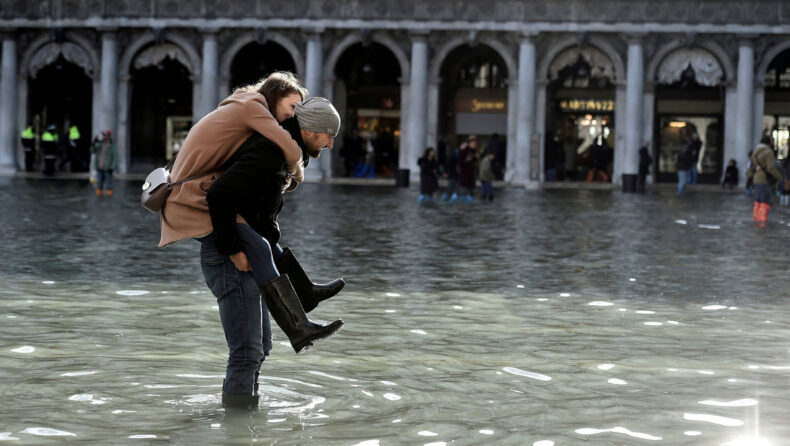This week, at least 14 people have been confirmed dead in Emilia Romagna, the northern Italian region that’s been devastated by record floods. The lack of development planning in Italy, with multi-billion dollars unutilized for the right cause points to be the cause of this disaster.
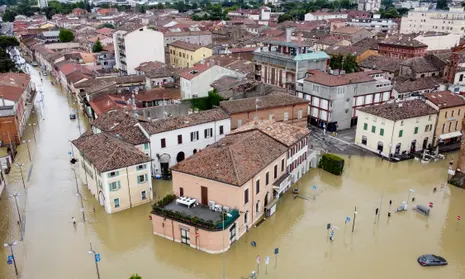
The Italian flooding crisis has grasped the attention of people across the globe. This week, at least 14 people have been confirmed dead in Emilia Romagna, the northern Italian region that’s been devastated by record floods. It was an utter shock for the people to see their familiar streets beaming with floods especially in the middle of May.
While, climate change does play a major role in the same, the issue needed to be focused upon is that climate change wasn’t the primary reason behind this nor a new one. The development planning in Italy is the real reason behind this flood crisis.
Background story behind this severe flood crisis
This Italian crisis began a long time before the real impact struck the helpless citizens. Before dwelling on the floods that wreaked havoc in the lives of people, getting a background about Italy’s situation as a whole and Emilia Romagna in particular is necessary.
Emilia Romagna region ranks third in Italy in terms of the amount of concrete dumped into it and is one of the most susceptible areas in the nation to flooding and landslides. More than 7.1% of the national average and 9% of its land is water-impermeable. In recent years, acres of land have been coated in concrete for new buildings, increasing the region’s vulnerability to floods, the reason being that the ground can barely absorb surplus rainwater.
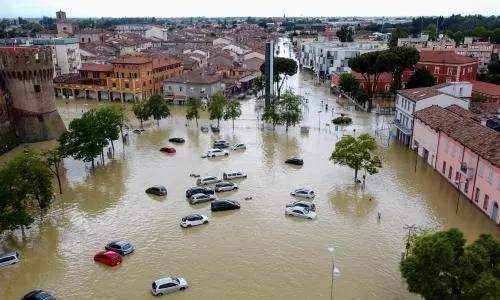
Thus, it’s safe to say that Emilia Romagna has always been highly susceptible to flooding. The question that arises is that if this information was always known, then why didn’t the government take additional precautionary measures to safeguard the city especially considering the upcoming climate change crisis. However, the reality is that the government did plan measures however instead of it being useful, it led to a million-dollar plan being astray
Flood development planning of Italy gone astray
In 2014, ironically the Matteo Renzi-led Italian government unveiled the “Italia Sicura” (literally meant “Safe Italy”) strategy, which was intended to avert catastrophes of this exact nature. The strategy granted €8 billion for initiatives intended to safeguard the nation from threats of flooding, and other severe weather occurrences.
Here’s where the scam started leading to majority of this money not being spent on the right cause.
Analyzing this progress, there was significant progress being observed in the four years after Renzi’s plan was introduced, however in 2018, the government of Giuseppe Conte dissolved the project and the funding was redirected.
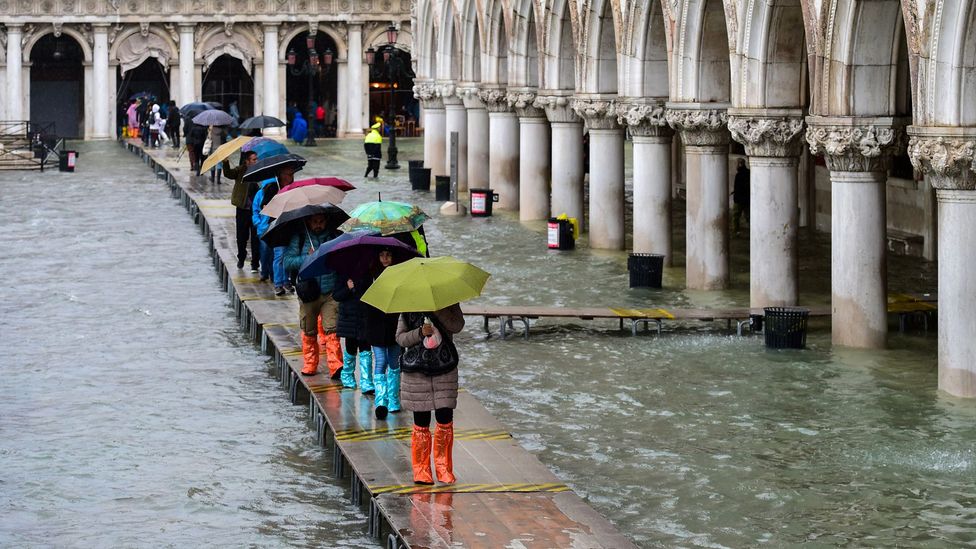
Since then, ongoing initiatives to strengthen the resilience of Italian territory to catastrophic weather occurrences have been slowed down by protracted and complicated administrative procedures, delayed, or placed on pause.
A lot of construction initiatives were proposed especially by the Emilia Romagna region as their geographical location already made them prone to floods. However, less than half were constructed and now even they have overflowed after the floods this week.
The uncertainty flooded future
This flood crisis has affected not only the locals but also the tourists and ultimately the famous Italian tourism industry. This flooding is going to affect the economy majorly because of the politics involved wherein the well-being of people had taken a backend in this political fighting.
However, the government has implemented Italy’s Recovery and Resilience Plan containing €2.5 billion to be spent by 2026 on comparable projects as part of the EU reaction to the crisis brought on by the pandemic.
However, many Italians are now calling for Renzi’s “Italia Sicura” task force to be reactivated, in order to use the funds already on hand to make Italy more robust to disasters.
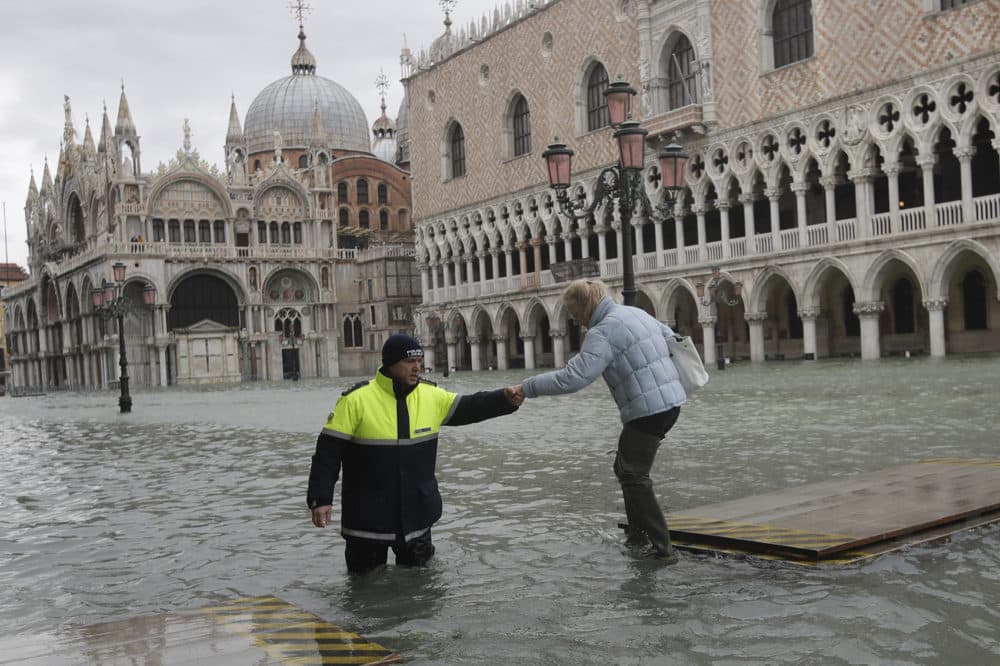
Considering the ongoing climate crisis, it is critical for the Italian government to formulate and take action at the earliest though without being hasty. Only time will be the judge passes the verdict of the action being taken as efficient or hasty and disastrous.







